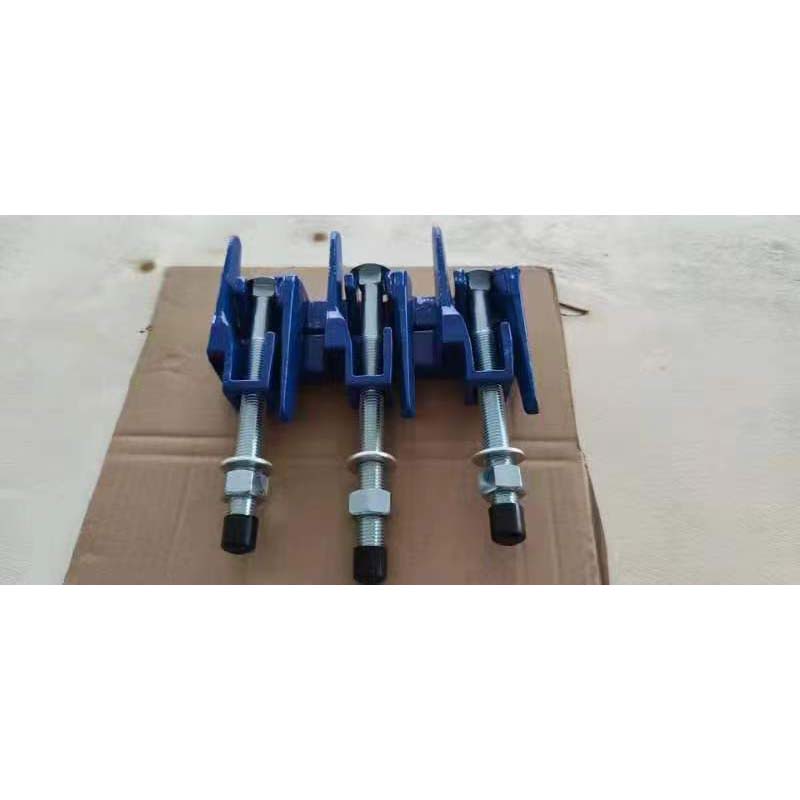Deep Well Ventilation Release Valve for Efficient Air Management Solutions
Deep Well Air Release Valve Importance and Functionality
In modern water management systems, the need for efficient fluid transportation is paramount, especially in deep well applications. The deep well air release valve serves an essential purpose in ensuring that these systems operate smoothly and effectively. Understanding its functionality and importance can lead to improved system designs and maintenance practices.
What is a Deep Well Air Release Valve?
A deep well air release valve is a mechanical device designed to expel air from deep well piping systems. It usually consists of a float mechanism, an orifice, and a sealing surface. The primary function of this valve is to allow trapped air to escape while preventing the entry of contaminants and pollutants into the water system. This is especially critical in deep wells where water extraction is often under considerable pressure.
How Does It Work?
The operation of a deep well air release valve is relatively straightforward but highly effective. When water is pumped from the well, it creates a vacuum that can trap air in the piping system. If this air is not released, it can cause issues such as cavitation, which leads to pump damage, reduced efficiency, and potential failure of the water supply system.
When the internal pressure of the piping system changes, the float inside the valve moves. As the water level rises and the pressure increases, the valve opens to release any trapped air. Once enough air has been expelled, the float shifts back down, sealing the valve again to prevent contaminants from entering the system. This automatic operation requires minimal human intervention, contributing to a more efficient and reliable water management system.
Benefits of Using Deep Well Air Release Valves
deep well air release valve

1. Prevents Cavitation By expelling trapped air, these valves significantly reduce the risk of cavitation, which can cause damage to pumps and reduce the lifespan of pumping equipment.
2. Enhances System Efficiency With reduced air pockets, the efficiency of the pumping system improves. Pumps can operate at their designed capacity, leading to optimal water flow and lower energy costs.
3. Minimizes Contamination Risks The design of deep well air release valves prevents contaminants from entering the system, ensuring that the water remains safe for consumption and meets regulatory standards.
4. Promotes Maintenance Regularly maintained and installed air release valves can help identify potential issues before they become critical, allowing for timely repairs and reducing downtime.
5. Cost-Effective Solution Investing in high-quality air release valves can save money in the long run, as they help prevent costly equipment failures and mitigate maintenance costs associated with cavitation-related problems.
Conclusion
In conclusion, the deep well air release valve is a vital component in deep well water systems, playing a crucial role in maintaining operational efficiency and safeguarding water quality. By preventing the accumulation of air in piping systems, these valves help to minimize risks associated with cavitation and ensure that pumps and other equipment function optimally. For any organization or entity engaged in water management, incorporating reliable deep well air release valves is an investment that pays dividends in system longevity and operational efficacy. As technology advances, these valves will continue to evolve, offering even more robust solutions to meet the growing demands of modern water infrastructure.
-
The Smarter Choice for Pedestrian AreasNewsJun.30,2025
-
The Gold Standard in Round Drain CoversNewsJun.30,2025
-
The Gold Standard in Manhole Cover SystemsNewsJun.30,2025
-
Superior Drainage Solutions with Premium Gully GratesNewsJun.30,2025
-
Superior Drainage Solutions for Global InfrastructureNewsJun.30,2025
-
Square Manhole Solutions for Modern InfrastructureNewsJun.30,2025
-
Premium Manhole Covers for Modern InfrastructureNewsJun.30,2025
